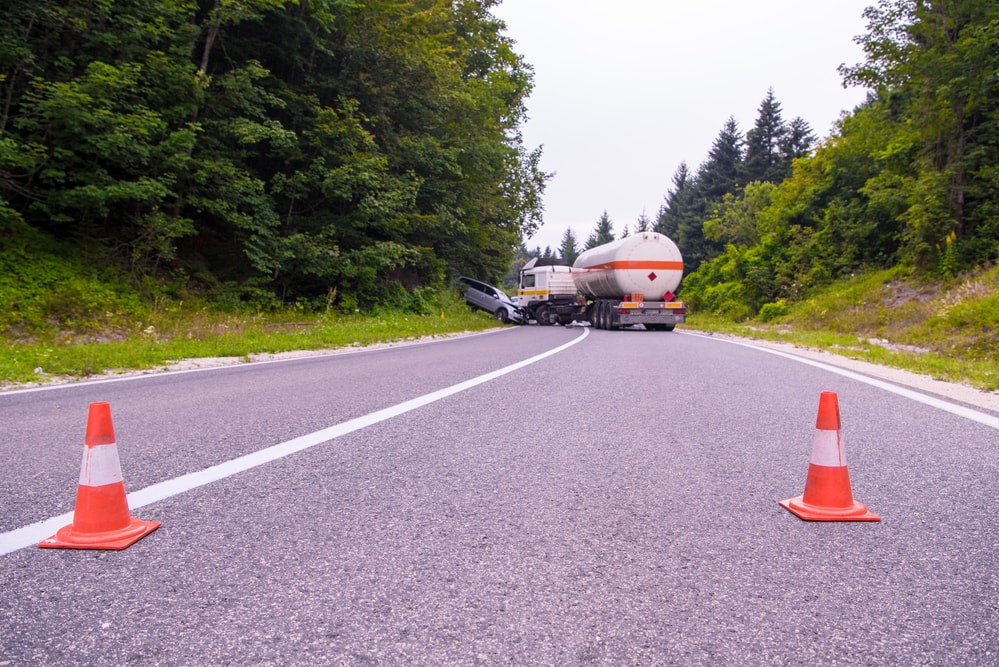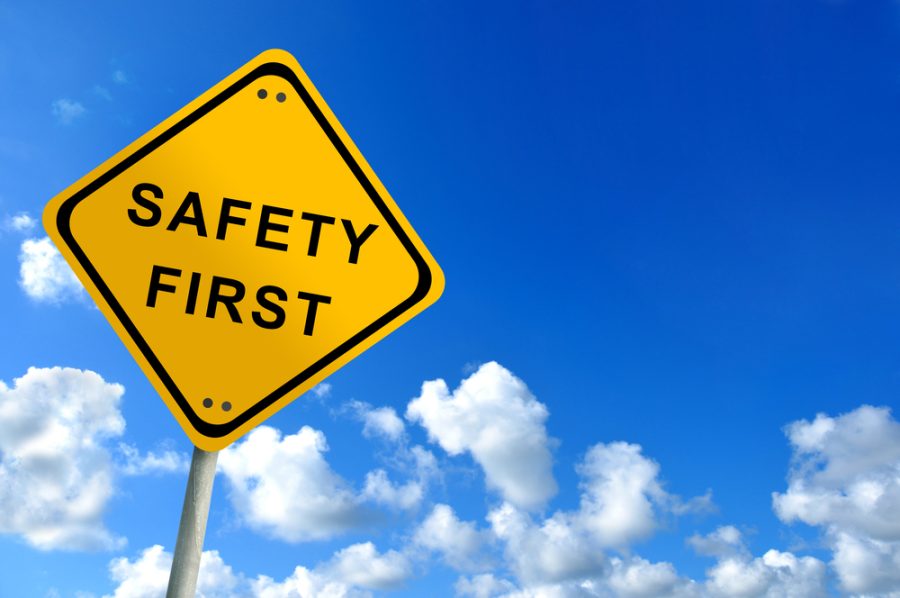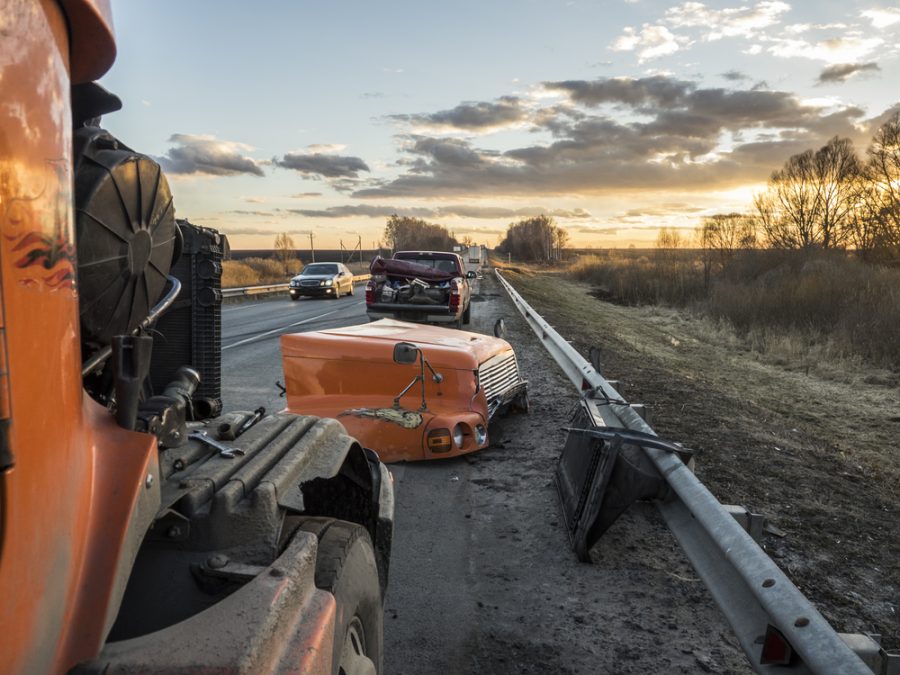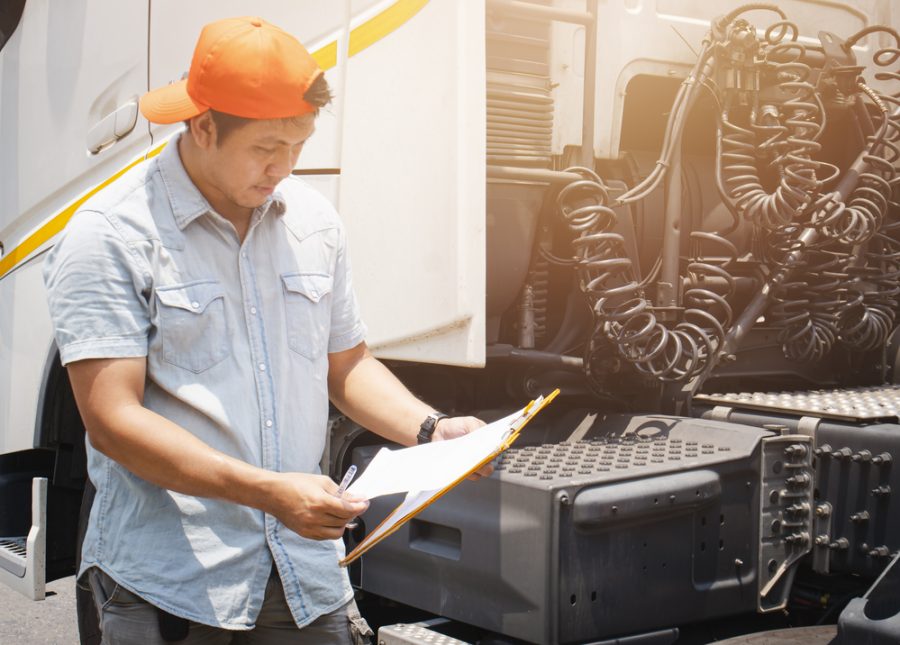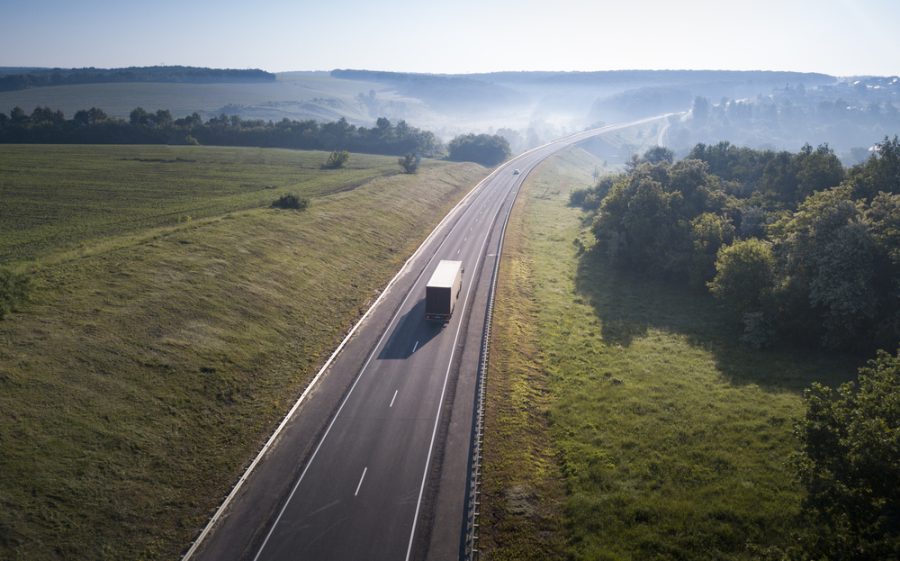Introduction
Distracted driving is a big problem on our roads and the numbers are growing. For those in the trucking industry, it’s even more of a risk. Driving a big truck requires constant attention and any momentary lapse can be disastrous. This blog will explore the dangers of distracted driving in trucking, the impact on highway safety, and how to mitigate those risks.
What is Distracted Driving
Distracted driving is any activity that takes your attention away from driving, including talking or texting on your phone, eating and drinking, talking to people in your vehicle, or fiddling with the stereo, entertainment, or navigation system. For truck drivers operating commercial motor vehicles, distractions can be visual (taking your eyes off the road), manual (taking your hands off the wheel), or cognitive (taking your mind off driving).
Visual distractions might be looking at a GPS or mobile device. Manual distractions could be adjusting controls in the cab, while cognitive distractions can be daydreaming or dealing with stress. In big trucks, the consequences of these distractions can be much more severe due to the size and weight of the vehicle.
Highway Safety
The Department of Transportation (DOT) and other agencies say distracted driving is a leading cause of fatal crashes and injuries involving big trucks. The numbers are staggering: drivers of commercial motor vehicles who are distracted are more likely to be involved in a crash and lose their lives or suffer serious injuries.
Real-life examples illustrate the severity of the problem. A truck driver looking at a phone for just a few seconds can miss critical changes on the road, resulting in devastating crashes. These crashes not only put the truck driver’s life at risk but also other road users.
Trucking Industry Regulations
To mitigate the dangers of distracted driving regulations have been put in place. The Federal Motor Carrier Safety Administration (FMCSA) prohibits truck drivers from texting or using handheld mobile phones while driving. Carriers must ensure their drivers comply with these regulations and violators will be fined and penalized.
Compliance is key. Trucking companies must enforce these rules strictly and educate their drivers on why they must comply. The DOT’s role in enforcing these safety regulations keeps our highways safe and everyone’s life on the road.
Consequences of Distracted Driving
The consequences of distracted driving are:
-
For Drivers: Personal risks are serious injury, death, and loss of job. Distracted driving can end a driver’s career in an instant.
-
For Companies: The impact on operations and service can be big. Accidents mean damaged goods, delayed delivery, and higher insurance premiums, affecting the economy and the company’s bottom line.
-
For Passengers and Public: Distracted driving puts everyone on the road at risk. The broader impact on highway safety and public health is huge, with more injuries and deaths from crashes.
Preventative Measures and Best Practices
To mitigate distracted driving trucking companies can:
-
Training and Education: Ongoing training programs for drivers and employees to stay focused on the road.
-
Technology: Hands-free devices, dashboard cameras, and telematics systems to monitor and reduce distractions.
-
Company Policies: Develop and enforce strict company policies against distracted driving. Clear guidelines and regular reminders to stay focused while driving.
Reducing distracted driving has many benefits:
-
Safety: Safer drivers, passengers, and other road users, fewer accidents and injuries.
-
Operational Efficiency: Fewer accidents mean smoother operations and lower costs for damages and insurance.
-
Reputation and Trust: A safety reputation can enhance a company’s standing in the trucking industry and attract more business and qualified drivers.
Conclusion
Distracted driving is a big risk to everyone on the road especially in the trucking industry. By knowing the risks, complying with regulations, and implementing preventative measures we can keep our highways safe and lives protected. Drivers and carriers must prioritize safety and take action to reduce distractions. Highway safety is critical and by working together we can make our roads safer for all.
